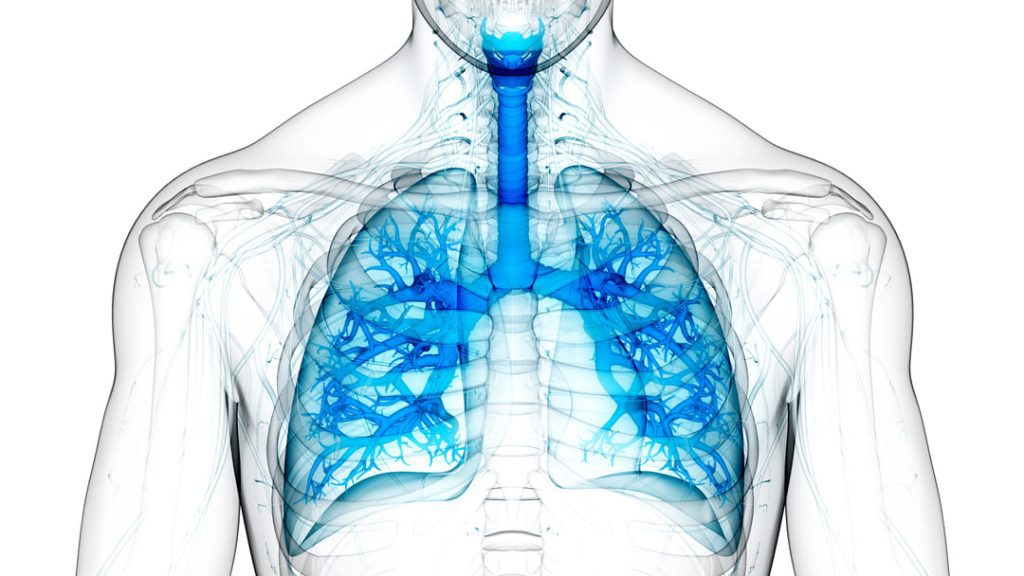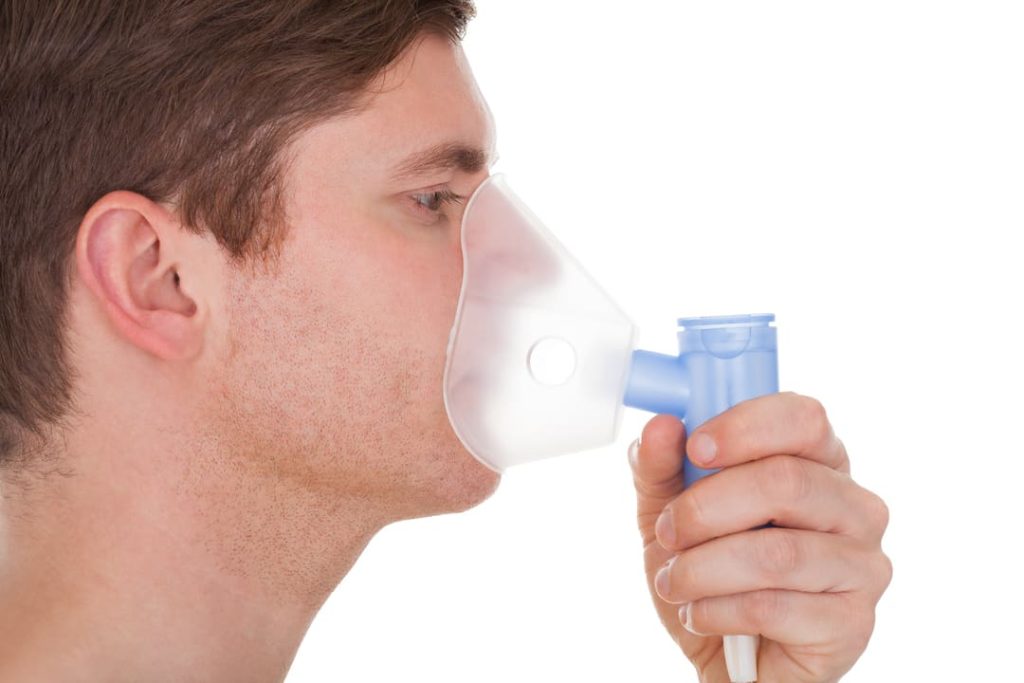Looking for Expert-Level VA Claim Answers?📱Call Us Now! 737-295-2226
If you’re a veteran living with pulmonary fibrosis, you may be entitled to monthly VA disability compensation. This chronic lung condition can limit your ability to work, stay active, and enjoy daily life. Fortunately, the VA recognizes pulmonary fibrosis as a serious respiratory disability—and in many cases, it’s now considered presumptive under the PACT Act.
In this guide, we’ll break down how to qualify for a pulmonary fibrosis VA rating, what evidence you’ll need, and how the VA assigns disability percentages based on lung function tests. We’ll also walk you through PFT requirements, rating criteria, and your options if the VA denies or underrates your claim.
Table of Contents
Summary of Key Points
- Pulmonary fibrosis is a scarring lung condition that can severely limit breathing and daily activities—and may qualify for VA compensation.
- The VA rates pulmonary fibrosis from 10% to 100%, under Diagnostic Codes 6825–6833, based on lung function test results.
- VA disability ratings for pulmonary fibrosis are based on lung function test results, especially FVC and DLCO levels.
- Veterans exposed to burn pits and other toxins may qualify automatically under the PACT Act’s list of burn pit presumptive conditions.
What Is Pulmonary Fibrosis?

Pulmonary fibrosis is a type of respiratory disease that affects lung tissue.
It leads to a considerable obstruction in the respiratory system and causes difficulty breathing. In a more technical definition, pulmonary fibrosis is characterized by scarring in the tissue of the lungs, which leads to thickening and loss of elasticity, reducing their capacity for gas exchange.
During these processes, air sacs are replaced by connective tissue; this process results in an inability for oxygen to pass through the respiratory system to reach essential parts of the body, like organs and muscles.
Over time, this scarring can cause respiratory failure if not treated adequately. Those with pulmonary fibrosis are often afflicted with shortness of breath, dry cough, or wheezing due to respiratory diseases such as bronchitis or emphysema and pulmonary fibrosis.
Treatment options may vary depending on the severity and include lifestyle changes (i.e., diet, exercise) and medications like corticosteroids to reduce inflammation and support better respiratory function.
The Relationship Between Pulmonary Fibrosis and Veterans
Pulmonary fibrosis is a serious and often debilitating lung condition that has been found to affect veterans at a higher rate than the general population.
Usually attributable to environmental factors such as occupational hazards or toxins, the extent of potential damage caused by such substances is further heightened when exposed to them for long periods, especially in the military setting.
Regardless of why soldiers are becoming increasingly vulnerable to this lung disease, there is a responsibility placed on the government and medical experts alike to provide necessary aid and research towards creating treatments and possible preventative measures.
VA Benefits for Pulmonary Fibrosis
How to Qualify for VA Disability Benefits
To receive VA disability benefits, veterans must have been discharged from military service under honorable conditions and file a claim to the VA. They must have a “service-connected” disability or illness to qualify for compensation. A service-connected disability is an injury or illness that was incurred or aggravated during active military service or by another service-connected disability.
Qualifying for a VA Disability Rating for Pulmonary Fibrosis
To be eligible to receive compensation from the VA because of pulmonary fibrosis, you must first be diagnosed with the condition by a doctor and provide evidence that it is connected to your military service. To do this, you will need to provide evidence that:
- You were exposed to hazardous materials while in service;
- You developed pulmonary fibrosis within one year of leaving active duty; or
- Your symptoms worsened after you left active duty
- Your condition was caused or aggravated by another service-connected condition
A medical nexus letter is needed to show the link between your diagnosis and your in-service event or service-connected condition. You will also need to provide medical records showing that your symptoms meet the criteria set forth by the VA’s rating schedule to qualify for a higher rating. The higher the rating the VBA assigns, the more compensation you will receive each month.
It’s important to note that each case is considered on its own merits based on individual circumstances, so it is always best practice to consult with a professional specializing in veterans’ benefits when applying for compensation through the Veterans Benefits Administration (VBA).
This way, you can ensure that all necessary documentation is gathered and submitted accurately so as not to delay your application process or jeopardize your eligibility status.
How the VA Rates Pulmonary Fibrosis
The VA considers medical evidence from civilian and military medical providers and any other relevant evidence to assign a rating. It can include patient history, inferences made from X-ray or CT scans, lab results, and difficulty performing activities of daily living.
Additionally, applicants may submit a thorough Statement in Support of Claim form, which outlines how their pulmonary fibrosis negatively impacts their life and ability to handle day-to-day responsibilities. It is known as symptomatology and should be detailed in the Statement in Support of Claim Form so the VA can better assess the applicant’s level of disability. See our Statement in Support of Claim example here.
VA Rating for Pulmonary Fibrosis
A veteran with restrictive lung disease with pulmonary fibrosis will be rated under the General Rating Formula for Interstitial Lung Disease (diagnostic codes 6825 through 6833):
- A 10% rating is given if the FVC of 75 to 80 percent predicted, or; DLCO (SB) of 66 to 80 percent predicted
- A 30% rating requires an FVC of 65 to 74 percent predicted, or; DLCO (SB) of 56 to 65 percent predicted
- A 60% rating requires an FVC of 50 to 64 percent predicted, or; DLCO (SB) of 40 to 55 percent predicted, or; a maximum exercise capacity of 15 to 20 ml/kg/min oxygen consumption with cardiorespiratory limitation
- A 100% rating is given for a Forced Vital Capacity (FVC) less than 50 percent predicted, or; Diffusion Capacity of the Lung for Carbon Monoxide by the Single Breath Method (DLCO (SB)) less than 40 percent predicted, or; maximum exercise capacity less than 15 ml/kg/min oxygen consumption with cardiorespiratory limitation, or; cor pulmonale or pulmonary hypertension, or; requires outpatient oxygen therapy
Those wishing to appeal their rating can apply for a Higher Level Review or Supplemental Appeal. You may also appeal your rating if you feel their condition merits recognition at a higher level than that of the initial ruling by the VA. This potential for appeal allows veterans to ensure their case is justly interpreted and rated. See the “3 Options to Consider if Your VA Claim is Denied” for a more in-depth look at your options.
Service Connection
In the case of pulmonary fibrosis, the individual has to demonstrate that their sickness was caused or made worse by their military service or other service-connected disability. The VA requires the following three elements:
- A current diagnosis
- An in-service event, injury, or illness
- A medical nexus (i.e. link) between the current diagnosis and the in-service event, injury, or illness
With the recent passage of the PACT Act, Pulmonary Fibrosis is now one of the presumptive conditions of Burn Pit and Other Particulate Exposure. This means that if you are qualified and you have a diagnosis for this condition, the VA will automatically presume service connection. You are qualified if:
You are a veteran who served on or after September 11, 2001, in Afghanistan, Djibouti, Egypt, Jordan, Lebanon, Syria, Uzbekistan, Yemen, or the airspace above these locations, or you served on or after August 2, 1990, in Bahrain, Iraq, Kuwait, Oman, Qatar, Saudi Arabia, Somalia, the UAE, or the airspace above these locations.
Upon successful approval, individuals are eligible for compensation according to their assigned disability rating and other relevant factors, such as dependency status.
Certain medical evidence is required for service connection, including diagnosis, a medical nexus letter, and in-service medical records.
It’s important for those who qualify to familiarize themselves with each type of evidence requested; doing so will make it more likely they are approved and ultimately awarded what they have rightfully earned from their time spent in service.
What is a Lung Function Test?

Lung function tests, also known as pulmonary function tests, or PFTs, are a group of tests that check to see if your lungs are working properly. They evaluate how much air your lungs can take in, how quickly they can exhale air, and how effectively they can move oxygen into your bloodstream.
These tests measure: forced expiratory volume (FEV), forced vital capacity (FVC), peak expiratory flow (PEF), and diffusing capacity of lung for carbon monoxide (DLCO). The results of these tests are then compared to normal values established by the American Thoracic Society to measure any impairments or restrictions.
The VA Disability Pulmonary Function Test: What You Need to Know
One way the VA evaluates pulmonary conditions, such as Pulmonary Fibrosis, is through a lung function test known as the VA Disability Pulmonary Function Test (PFT).
Ratings for respiratory conditions are based on how well the lungs take in air, absorb oxygen into the blood, and then exhale the leftover gases. Pulmonary function tests (PFTs) are performed to record the proper functioning of the lungs and their effects on the entire body.
Every PFT is not required when the VO2 Max has been tested and is 20 ml/kg/min or less, there have been one or more episodes of respiratory failure, or when regular oxygen therapy is needed outside of a medical facility.
When deciding which test result to use to rate the condition, the one that the examining physician feels most closely reflects the nature of the condition must be used. If they all accurately reflect the condition, then the one that gives the highest rating can be used. If any of the test results are not consistent with the other tests or overall condition, then the examining physician must explain why that test result should not be used to rate the condition.
By preparing adequately beforehand and ensuring all criteria are met when undergoing testing, you will greatly increase your chances of obtaining accurate results that reflect your condition. It will help you receive much-needed assistance from the VA.
A qualified medical professional must conduct the VA Disability PFT and include certain criteria for the results to be accepted by the VA.
For example, all tests must include measurements of FEV1, FVC, and PEF in both liters per second and liters per minute. Results should also include patient height, weight, age, sex, breathing rate, smoking history, etc., as well as a description of any medications taken before the test that could have affected the results.
How Can You Prepare?
You must prepare for this test properly for your results to accurately reflect your true pulmonary status.
- Ensure you get plenty of rest before taking this test, as fatigue can affect its accuracy.
- Avoid eating anything two hours before taking the PFT; avoid drinking caffeinated beverages four hours before; avoid smoking eight hours before, and avoid using any bronchodilator medications 12 hours before taking the test.
Conclusion
Pulmonary fibrosis can drastically impact your quality of life, but the good news is that you may qualify for VA disability compensation. Whether your condition resulted from toxic exposure during service or worsened after discharge, the VA offers a path to support.
With a clear diagnosis, detailed medical evidence, and help navigating the process, you can increase your chances of receiving the rating and benefits you’ve earned. And if your claim is denied or underrated, don’t give up—appeals and supplemental claims are powerful tools to fight for the compensation you deserve.
NEED MORE ASSISTANCE?
Most veterans are underrated for their disabilities and, therefore, not getting their due compensation. At VA Claims Insider, we educate you to take control of the claims process, so you can get the rating and compensation you’re owed by law.
If you’ve filed your VA disability claim and have been denied or have received a low rating—or you’re unsure how to get started—reach out to us! Our process takes the guesswork out of filing a VA disability claim and supports you in building a fully-developed claim (FDC)—so you can increase your rating FAST! Take advantage of a VA Claim Discovery Call. Learn what you’ve been missing—so you can FINALLY get the disability rating and compensation YOU DESERVE!
FAQs
Is pulmonary fibrosis a presumptive condition for VA disability?
Yes—under the PACT Act, pulmonary fibrosis is presumed service-connected if you served in qualifying locations (like Iraq or Afghanistan) during the required timeframes and have a diagnosis. This means the VA assumes your condition was caused by military service.
What is the VA rating for pulmonary fibrosis?
Pulmonary fibrosis is rated under Diagnostic Codes 6825–6833, based on lung function test results. Ratings range from 10% to 100%, with more severe breathing impairment resulting in a higher rating.
What tests are used to rate pulmonary fibrosis?
The VA uses pulmonary function tests (PFTs) like FVC, DLCO, and VO2 max. The test that best reflects your condition—or gives the highest rating—will be used unless a physician explains otherwise.
What evidence is needed to prove service connection?
You’ll need a current diagnosis, an in-service exposure or event, and a medical nexus linking the two. Veterans covered under the PACT Act may qualify automatically, but still need medical documentation.
Can I get a 100% VA rating for pulmonary fibrosis?
A 100% rating is awarded for severely reduced lung function or complications like pulmonary hypertension or the need for outpatient oxygen therapy.
Author

Brian Reese
Brian Reese is a world-renowned VA disability benefits expert and the #1 bestselling author of VA Claim Secrets and You Deserve It. Motivated by his own frustration with the VA claim process, Brian founded VA Claims Insider to help disabled veterans secure their VA disability compensation faster, regardless of their past struggles with the VA. Since 2013, he has positively impacted the lives of over 10 million military, veterans, and their families.
A former active-duty Air Force officer, Brian has extensive experience leading diverse teams in challenging international environments, including a combat tour in Afghanistan in 2011 supporting Operation ENDURING FREEDOM.
Brian is a Distinguished Graduate of Management from the United States Air Force Academy and earned his MBA from Oklahoma State University’s Spears School of Business, where he was a National Honor Scholar, ranking in the top 1% of his class.


